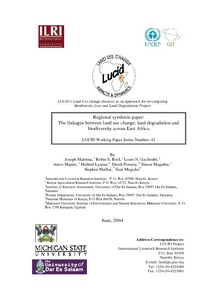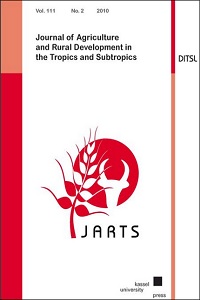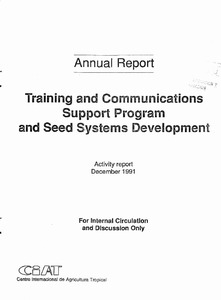The inter-linkages between rapid growth in livestock production, climate change, and the impacts on water resources, land use, and deforestation
Livestock systems globally are changing rapidly in response to human population growth, urbanization, and growing incomes. This paper discusses the linkages between burgeoning demand for livestock products, growth in livestock production, and the impacts this may have on natural resources, and how these may both affect and be affected by climate change in the coming decades. Water and land scarcity will increasingly have the potential to constrain food production growth, with adverse impacts on food security and human well-being.









